Mesquite Wood
$250.00 – $585.00Price range: $250.00 through $585.00
Mesquite Wood
Mesquite wood, harvested from the resilient Prosopis trees, is a hardwood that thrives in arid environments and delivers intense flavor and unmatched durability. Native to the southwestern United States and parts of Mexico, this wood has become synonymous with bold culinary traditions and robust woodworking. In this comprehensive guide, we’ll explore the fascinating world of mesquite wood, including its origins, distinctive properties, diverse applications, and essential care tips to help you harness its full potential.
The Origins and History of Mesquite Wood
Mesquite trees, belonging to the Prosopis genus, are iconic in desert landscapes, flourishing in regions like Texas, Arizona, and northern Mexico. These hardy trees, which can live for centuries, have deep roots in Native American cultures, where they were used for fuel, tools, and construction. Spanish explorers later recognized mesquite wood’s value, and it became a cornerstone of Southwestern heritage.
Today, mesquite wood is sourced sustainably from wild or managed groves, often as a byproduct of land clearing or through controlled harvesting. Its popularity has surged due to its unique qualities, making it a staple in both traditional and modern contexts.
Key Properties of Mesquite Wood
Mesquite wood is distinguished by its striking appearance and formidable strength. The heartwood varies from reddish-brown to deep chocolate, with a coarse, interlocked grain that adds visual interest. Sapwood is lighter and less common in lumber.
- Density and Strength: Among the hardest woods available, mesquite has a high specific gravity (around 0.8-0.9), offering exceptional hardness and shock resistance. It’s brittle, however, and can split if not handled carefully.
- Workability: It machines well but requires sharp tools to prevent chipping. Mesquite wood accepts stains and finishes admirably, developing a rich patina over time.
- Durability: Highly resistant to decay, insects, and weathering, mesquite wood excels in outdoor and high-moisture environments. It’s naturally oily, which enhances its longevity.
- Scent and Texture: Mesquite emits a pungent, earthy aroma, especially when burned, which is central to its culinary fame. The texture is rough and tactile, with a natural sheen that polishes beautifully.
These attributes make mesquite wood a powerhouse for demanding projects.
Popular Uses of Mesquite Wood
Mesquite wood’s versatility spans culinary delights and structural applications. Here’s a detailed look at its most prominent roles:
Smoking and Culinary Applications
Mesquite wood is legendary in barbecue culture, particularly in Texas and the Southwest, where its strong, smoky flavor elevates meats like brisket, ribs, and steaks. It’s a go-to for smokers and grills, providing an intense taste that pairs well with bold spices. Wood chips and chunks are also used in home kitchens for roasting vegetables or infusing sauces, adding a distinctive depth to dishes.
Furniture and Cabinetry
In woodworking, mesquite wood is favored for crafting durable furniture such as tables, chairs, and cabinets. Its hardness and grain make it ideal for statement pieces, often left unfinished to showcase its natural beauty. It’s a popular choice for rustic or Southwestern-style decor, where its warm tones complement earthy palettes.
Flooring and Construction
Mesquite wood flooring is prized for its scratch resistance and longevity, suitable for high-traffic areas like kitchens or entryways. In construction, it’s used for beams, posts, and tool handles, leveraging its strength. Veneers and plywood from mesquite add durability to various builds.
Other Creative Applications
Beyond traditional uses, mesquite wood appears in musical instruments, like guitar bodies, for its resonant qualities. It’s also employed in carvings, sculptures, and jewelry boxes, where its bold patterns shine. In some cultures, it’s used for crafting bows and arrows due to its flexibility when steamed.
Benefits of Choosing Mesquite Wood
Opting for mesquite wood brings a range of compelling advantages:
- Superior Durability: Its resistance to wear and decay ensures it withstands harsh conditions, making it a long-term investment.
- Bold Aesthetic: The wood’s rich colors and grain patterns add a unique, exotic flair to any project.
- Eco-Friendly Sourcing: Harvested from abundant, drought-tolerant trees, mesquite wood supports sustainable practices in arid regions.
- Culinary Excellence: In cooking, it delivers unparalleled flavor, transforming ordinary meals into memorable feasts.
- Health and Safety: Naturally pest-resistant and non-toxic, mesquite wood is safe for food contact and indoor use.
These benefits highlight why mesquite wood is a preferred choice for those seeking resilience and character.
How to Care for Mesquite Wood
Caring for mesquite wood is essential to preserve its integrity. Start by ensuring proper seasoning—air-drying for 6-12 months to reduce moisture and prevent cracking. For finished surfaces, apply a penetrating oil or wax to maintain its natural oils and protect against stains. Clean with a soft cloth and mild detergent, avoiding harsh chemicals.
Keep mesquite wood away from extreme temperature fluctuations or prolonged moisture exposure to avoid warping. With attentive maintenance, mesquite wood can last for generations, retaining its strength and allure.
Conclusion: Why Mesquite Wood Stands Out
Mesquite wood represents the epitome of rugged elegance, offering strength, flavor, and timeless appeal. Whether you’re smoking a feast, building furniture, or creating art, its properties ensure exceptional results. Discover the power of mesquite wood and incorporate this Southwestern gem into your next project. For expert guidance, consult local suppliers or craftsmen to tailor mesquite wood to your specific needs.
| SIZE | 1/2 Cord Pallet, 1/4 Cord Pallet, 1/8 Cord Pallet |
|---|
Reviews
There are no reviews yet.
Related products
Firewood
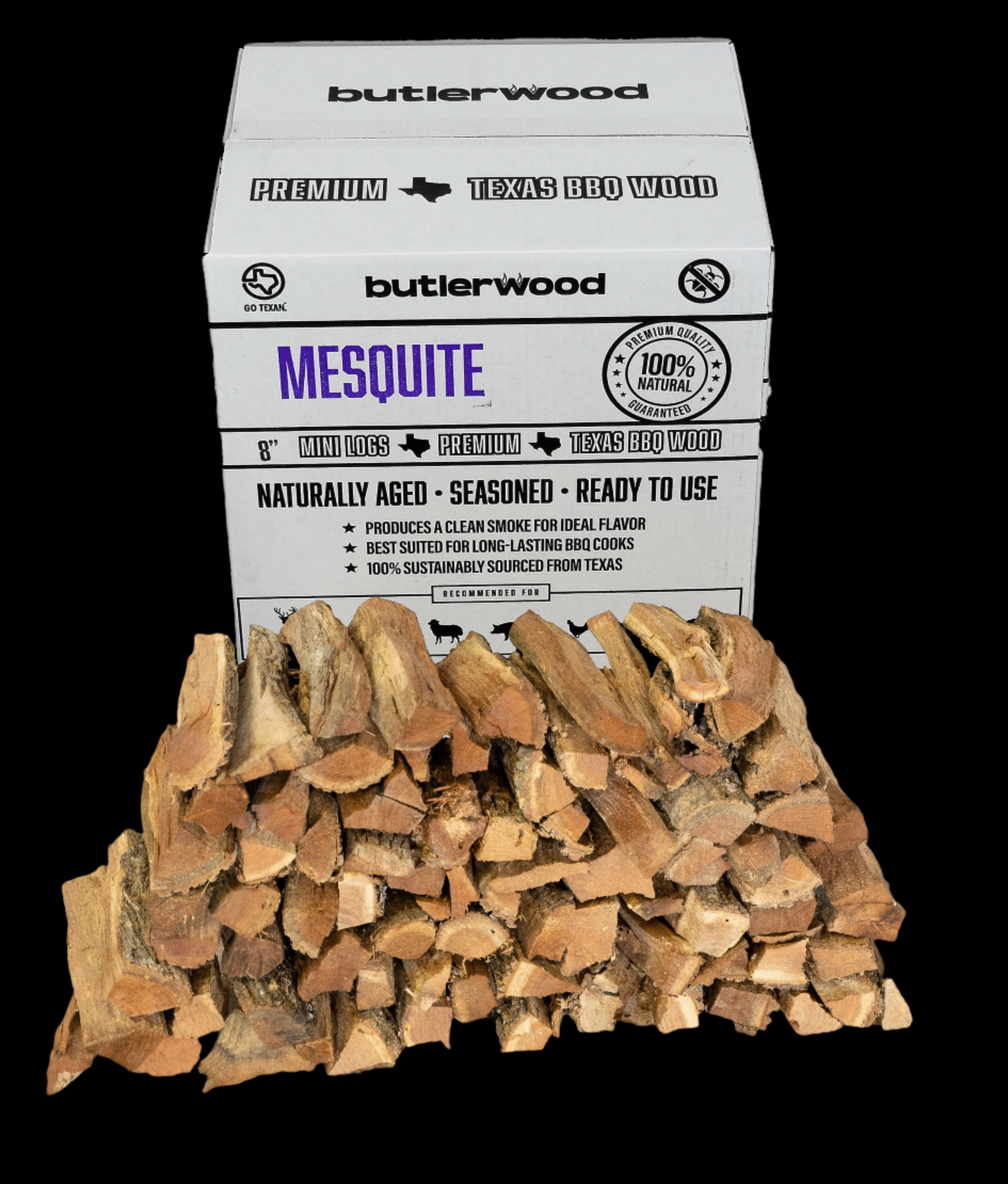
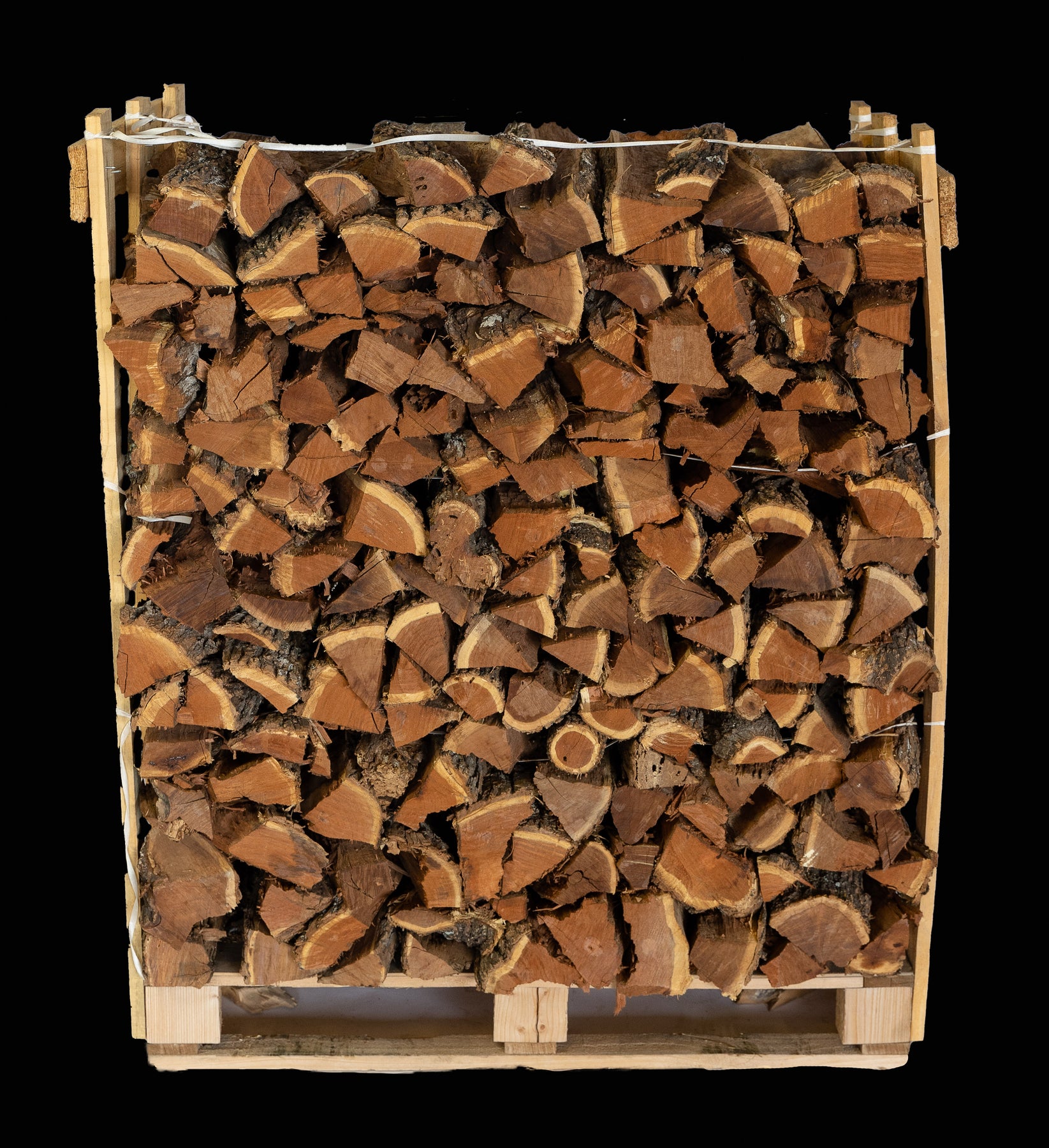
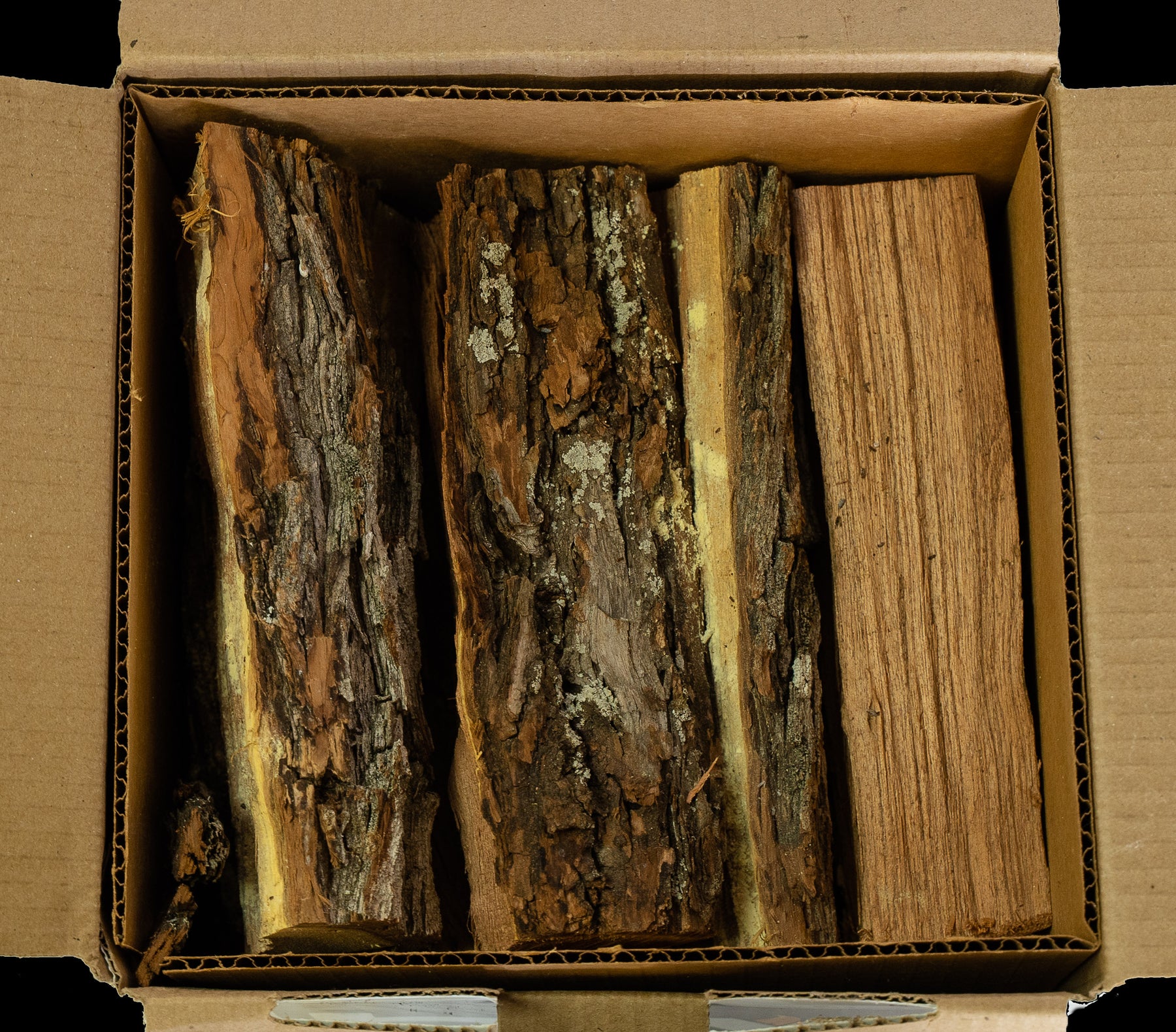
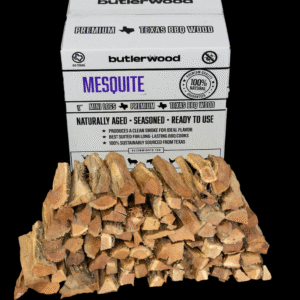
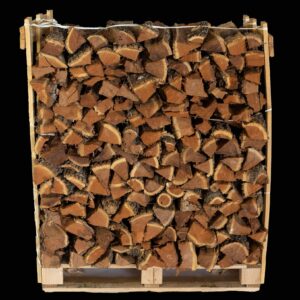
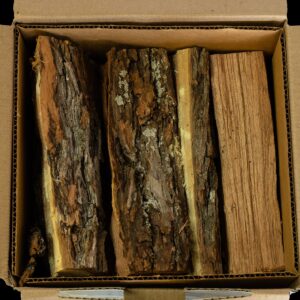
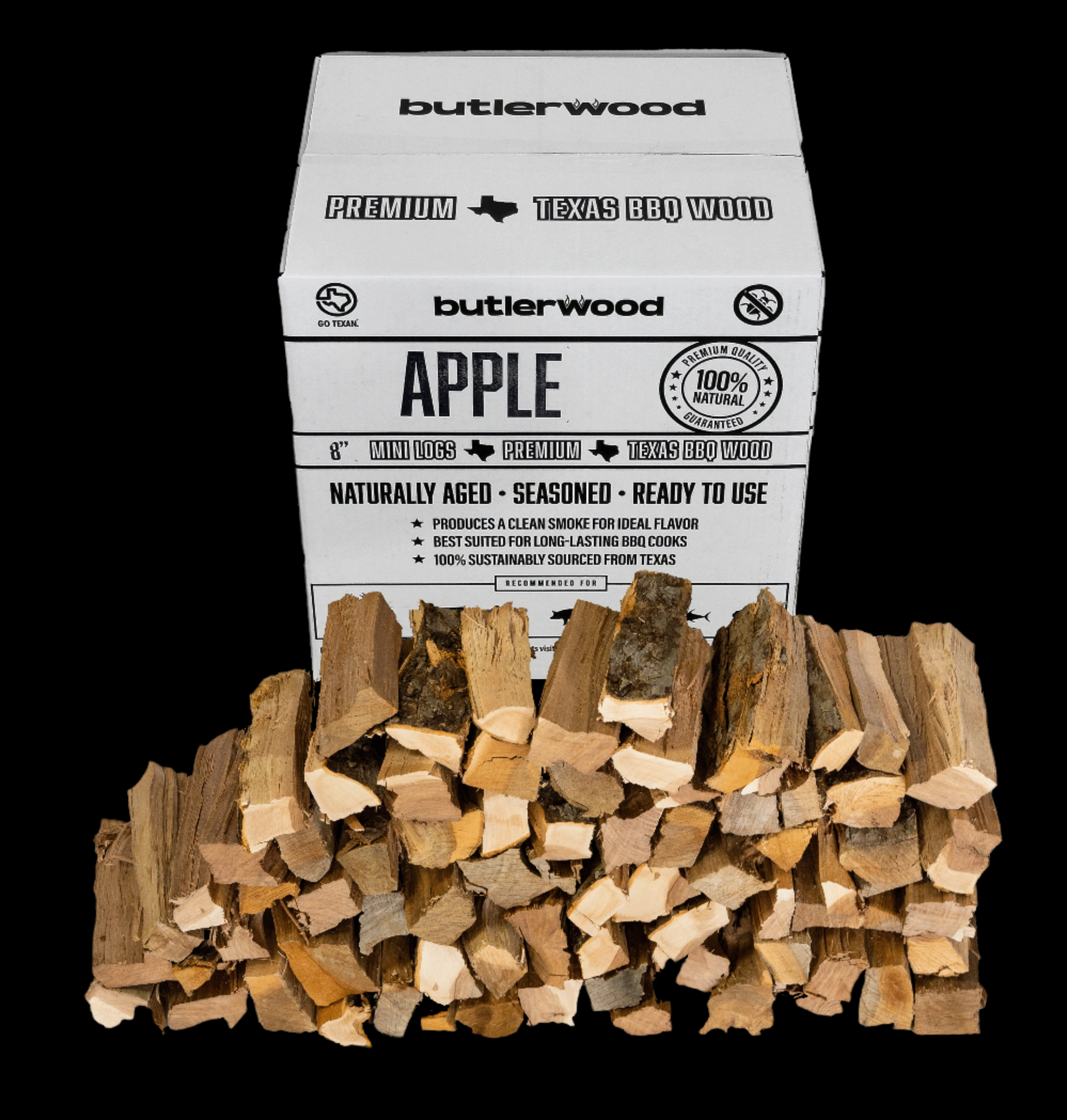
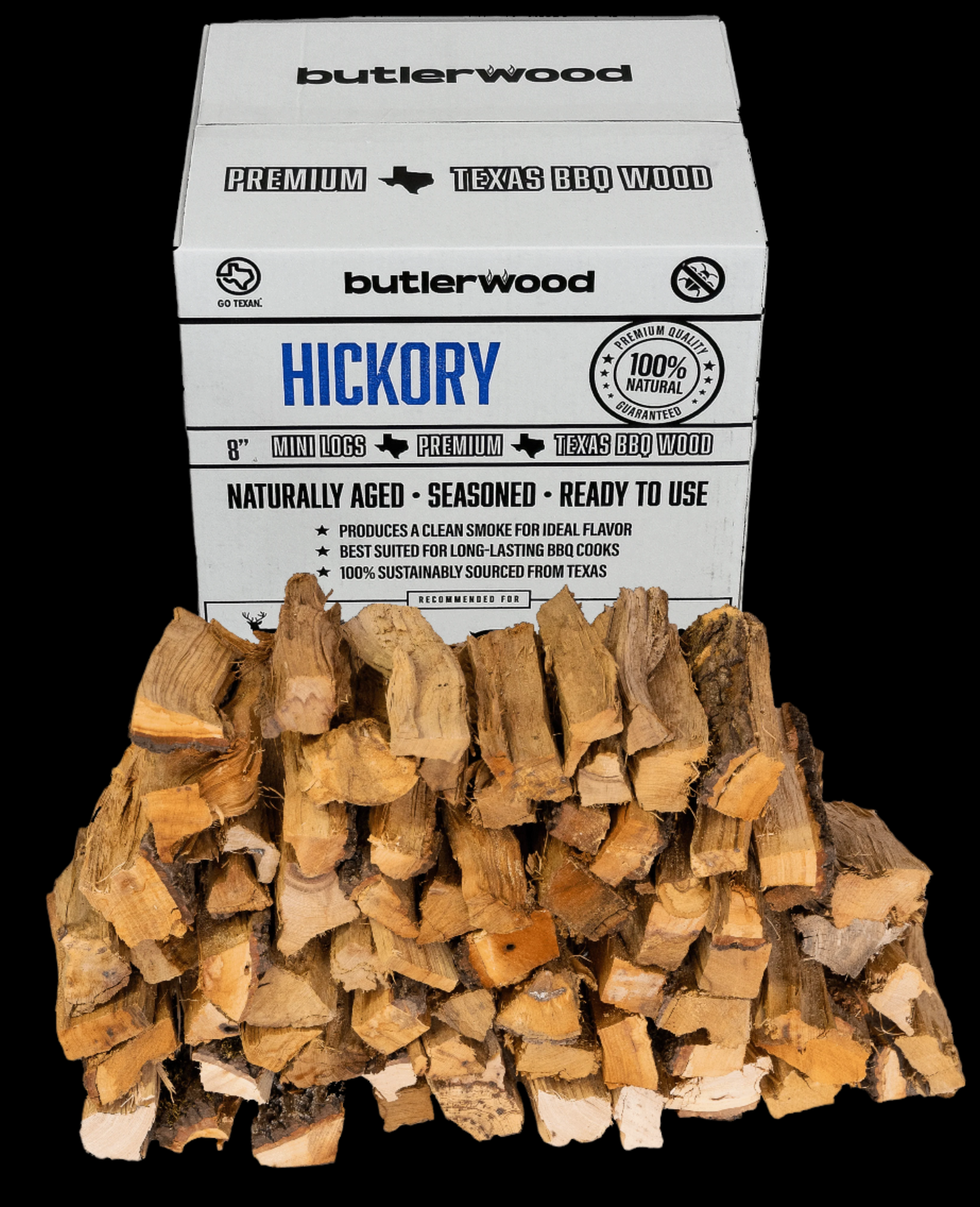
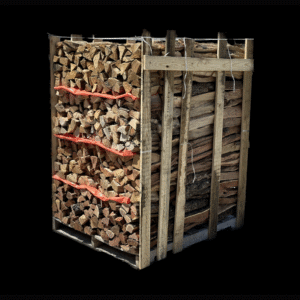

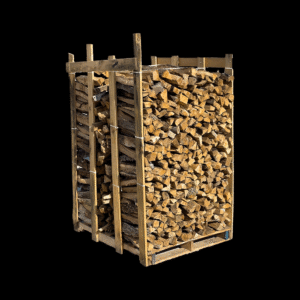

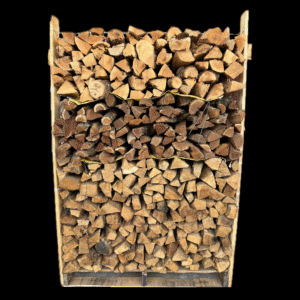
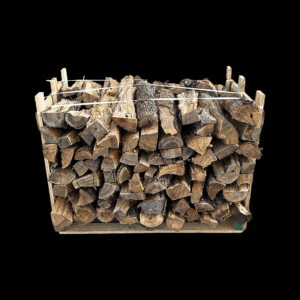
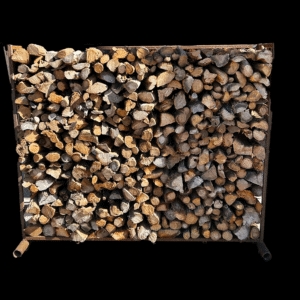
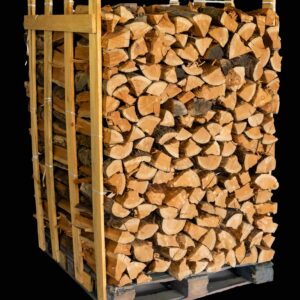
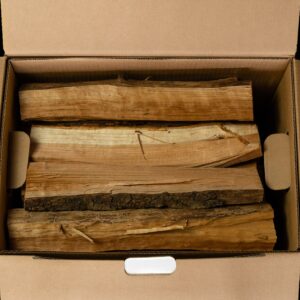
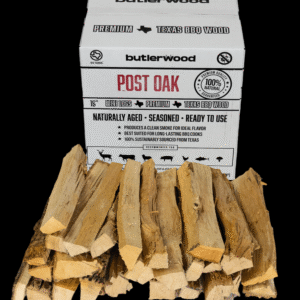


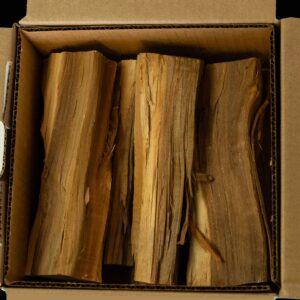
Be the first to review “Mesquite Wood”